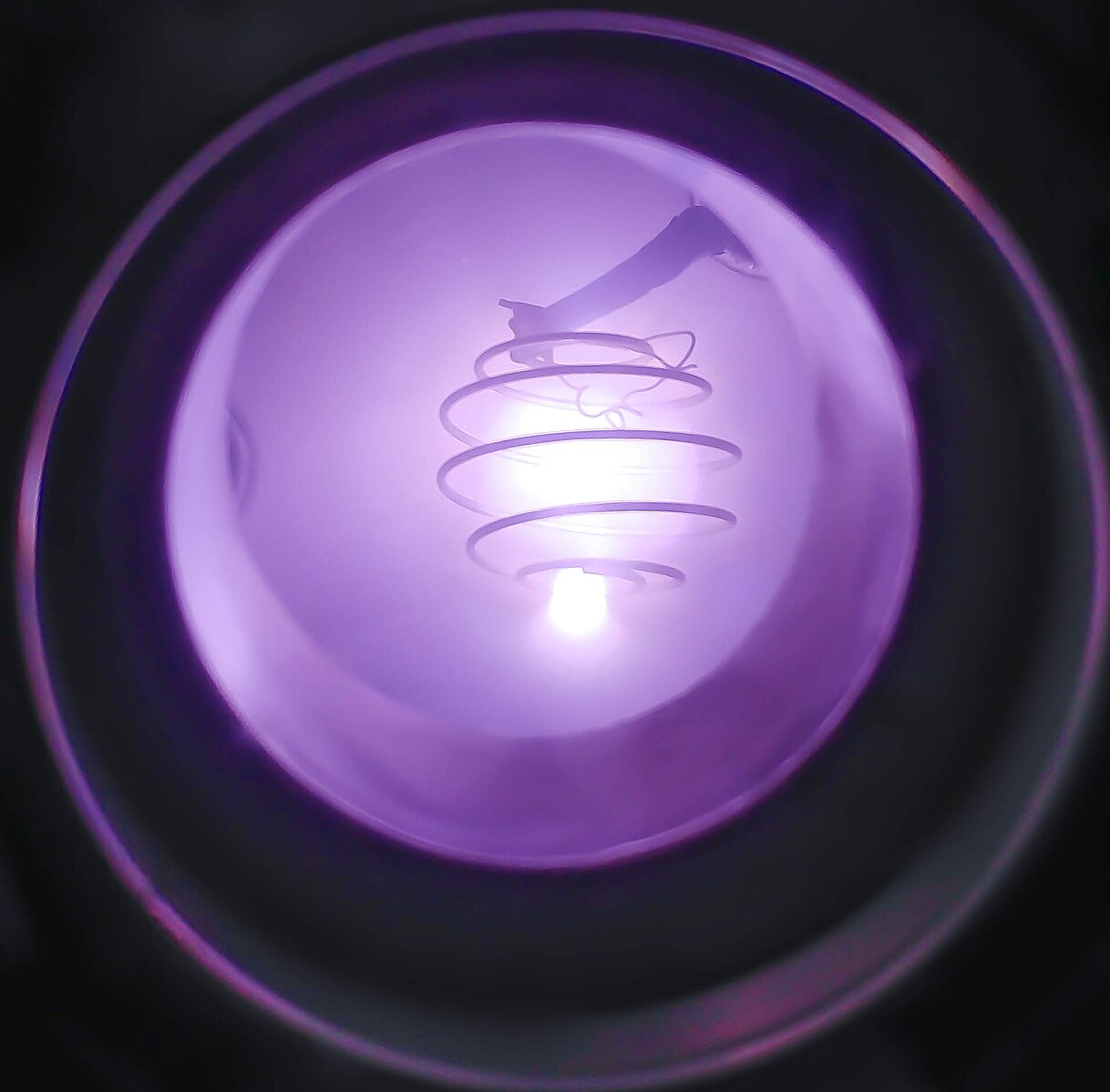Pacific Fusion, a Fremont based nuclear power startup, selects Albuquerque, New Mexico as the site for its billion dollar research facility, passing on two prominent Bay Area cities.
Livermore, Alameda and Albuquerque, New Mexico, were the three potential sites for Pacific Fusion’s anticipated nuclear fusion research facility. Before a choice had been formally announced, both Bay Area cities did their best to court the nuclear fusion start up.
Livermore attempted to set itself apart from the competition by approving a vacant area along West Jack London Boulevard for the construction of the proposed 225,500 square foot complex, reported by the East Bay Times.
Meanwhile, the proposed building site in Alameda was a 13-acre portion of the decommissioned naval air station located on Alameda Point. With city officials citing the proximity to U.C. Berkeley, public transit, and the robust tech & manufacturing industry already present in the area as the main draws for the rising nuclear startup.
Ultimately, Pacific Fusion selected Albuquerque as their preferred location after the city’s government offered them an incentive package equivalent to $800 million. Pacific Fusion will receive $20 million upfront in development funds in addition to a $780 million bond package from the New Mexico tech hub city.
According to the United States Nuclear Regulatory Commission, “Nuclear fusion is the process that powers the sun and stars. Instead of splitting atoms, fusion combines two atomic nuclei—typically forms of hydrogen—into a heavier nucleus, releasing a large amount of energy in the process.” While nuclear fusion is beginning to show promise as a potential energy source, sustainable nuclear energy is currently only possible via the process of nuclear fission – the process by which atomic nuclei are split, releasing large amounts of energy in a chain reaction.
As nuclear power begins to re-enter the sustainable energy conversation, we asked Chabot students how they feel about nuclear energy.
“It’s both awesome and frightening at the same time,” said Sayed Sayedi, an electrical engineering major.
“When I think nuclear, I think of chemicals that are really bad for you,” commented Isaiah Barajas, another Chabot STEM student. He continued, “I know that nuclear energy can be good, but I would think, ‘if something were to go wrong, can it expose a lot of people to bad radiation?’”
Although nuclear fission is a stable form of energy not reliant on fossil fuels, it still results in nuclear waste byproducts that take thousands, if not millions, of years to fully break down. Nuclear fission power plants are also susceptible to nuclear meltdown, much like the 2011 Fukushima nuclear accident that released severe levels of radioactive material into the surrounding environment following a major earthquake and tsunami. Scientists believe that nuclear fusion has the potential to produce just as much energy without the risk of meltdown, and with minimal radioactive waste, which is what makes the budding technology such an appealing alternative.
As of 2025, there are 54 active nuclear power plants in the United States, all of which utilize nuclear fission to produce energy. California has one active nuclear power plant in San Louis Obispo County and various other nuclear facilities in the process of decommission, according to the California Energy Commission.



